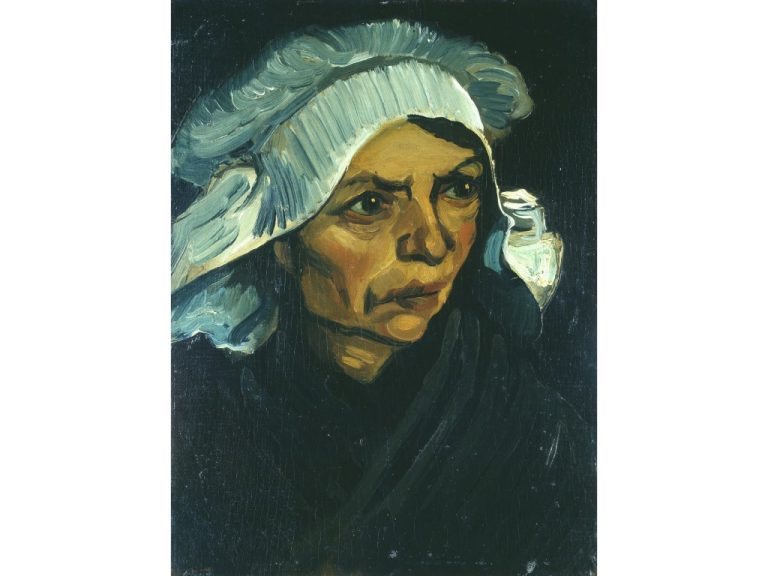An independent report recently found that the EG Bührle Foundation’s provenance research into its collection was “inadequate” and that the foundation’s published findings omitted information about many of the works’ previous Jewish owners.
The 165-page report was written by Raphael Gross, director of the German Historical Museum, and presented in Zurich on June 28. It was commissioned by the canton and city of Zurich and the board of the Swiss art museum Kunsthaus after critics accused the foundation of “whitewashing” the provenance of its collection.
The foundation is named after Emil Georg Bührle, who amassed his wealth through the sale of weapons to Nazi Germany and the forced labor of women in Nazi concentration camps and Swiss “welfare” institutions. Bührle was also known for buying art looted by Nazi soldiers.
Gross’s research team investigated five works and found that the stories of the many Jewish collectors behind the works were “barely mentioned” in the Bühler Foundation’s provenance research and that “key milestones were overlooked.”
These five works are all by Vincent Van Gogh Peasant Woman Portrait (1885), William Kalff Nautilus Bowl (c. 1600) Paul Cézanne Landscape around 1879, Paul Gauguin street (1848), and Cézanne’s Madame Cezanne holding a fan (1879/1988).
“Without Jewish collectors, the Bühler Collection would be completely different,” Gross said. “Or to put it another way: without the persecution, the Bühler Collection would never have come into being.”
The report strongly recommended further provenance research and suggested that the museum set up a professional committee to determine what to do with the collections lost or confiscated as a result of Nazi persecution.
Gross’s report also questioned whether Swiss art museums should continue to explicitly name collections after German arms manufacturers, which “not only dignifies their names and the collection as a whole” but also obscures the “fate of their Jewish former owners who suffered Nazi persecution.”
“The question is whether public institutions can address this from their moral and ethical standpoint,” Gross said.
according to The Art NewspaperBühle’s success selling anti-aircraft guns to the Allies and Nazi Germany made him the richest man in Switzerland during World War II. In 2012, Bühle’s eponymous foundation agreed to loan 205 works to the Kunsthaus Zurich. The works were exhibited in a new $210 million building expansion in 2021, sparking criticism. Artist Miriam Cahn also announced that she would withdraw her work from the institution in response to the exhibition of Bühle’s collection.
As a result of the dispute, the city and canton of Zurich and the board of the Kunsthaus Zurich commissioned a report from Gross in May. Of the 205 objects in the Bühler collection, Gross found that 62 had belonged to Jews during the Holocaust, but the Bühler Foundation classified most of them as “unproblematic” or “with no indication of a problem.” “Works with particularly incomplete provenance were classified as unproblematic,” the report said.
The city and canton of Zurich and the Zurich Arts Council said in a press statement that they expect to comment on the preliminary conclusions and announce next steps in mid-July. They also thanked Gross and his team of experts for their “comprehensive and very valuable work”.
In response to Gross’s report, the foundation’s board of directors said The Art Newspaper It “will review the report and comment where appropriate.”
On June 14, the EG Bührle Collection Foundation announced that it was seeking a “fair and equitable” solution with the legal heirs of the original owner regarding the six paintings on display at the Kunsthaus Zurich. Ultimately, five of the paintings were removed from the Swiss museum on June 20.
After the U.S. State Department released new “best practices” for handling Nazi-looted art in March 2024, the museum’s board reassessed the provenance of the six works.
The “Best Practices” expand upon the Washington Principles, which were agreed upon by representatives of 44 countries and 13 non-governmental organizations on December 3, 1998, after three days of meetings at the Washington Conference on Holocaust-Era Assets held at the U.S. State Department.
The work in question is by Gustave Courbet Portrait of the sculptor Louis Joseph (1863), Claude Monet’s painting of his garden at Giverny, painted in 1895, by Vincent van Gogh Old Tower (1884), Portrait of Georges Henri Manuel by Henri de Toulouse-Lautrec, 1891, Portrait by Paul Gauguin, 1884 The road to rise.
News of the reassessment was first reported by The Art Newspaper.


